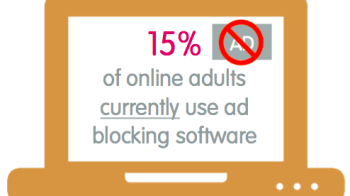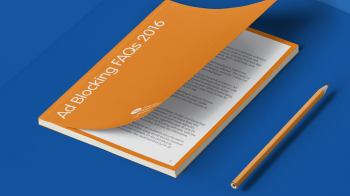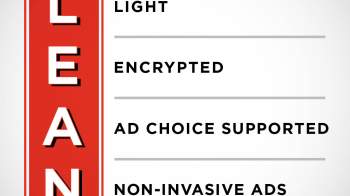UK ad blocking numbers stabilise
Tim Elkington
Tim Elkington, Chief Strategy Officer at IAB UK analyses some of the figures from our latest ad blocking research released on 17 August.
See the research here
Generally, when it comes to research, saying that something hasn’t changed isn’t particularly newsworthy, but the latest wave of our ad blocking research with YouGov might be an exception to this.
There’s been no increase in the overall number of UK adults using ad blockers – 21.2% claimed to be doing so in July, compared to 21.7% back in February*. On one hand, this is good news because it contradicts much of the publicity and commentary that ad blocking is on an unstoppable rise. It isn’t. However, on the other, it’s obviously still too high a figure and one we all need to continue working on to reduce.
One of the more interesting nuances to this wave’s research was the potential confusion about what is and isn’t an ad blocker. It’s easy to forget in our industry bubble that the technology and terms we work on daily are not really cared about (and in some instances not understood), by the general public. For example, over one fifth of people claiming to use an ad blocker incorrectly cited anti-virus software or ad blockers that don’t exist as their ad blocker. So given that the anti-virus software brands that we asked about don’t include ad blocking functionality there might be some ‘over-claim’ in the research about the number of people who are genuinely using ad blocking software and this over-claim might be as high as 20%.
It’s easy to understand the confusion. If I worked in the automotive industry I’d probably understand the differences between the various types of oil you can put in your engine to protect it, but as I don’t oil is just oil to me, something I put in my car to protect the engine. I think in some cases the same is true for software / apps that you use on your laptop / smartphone to protect it or improve the importance; it’s difficult to distinguish between them and accurately self-report on which type you are using.
The other element of the research I found particularly interesting were the reasons why over a fifth of people who’ve downloaded an ad blocker no longer use it.
The biggest rise in why people have turned them off is a lack of trust – up from 6% to 14% among those who’ve stopped. Interestingly, women are nearly seven times more likely than men to have turned it off for this reason. A further 10% said they turned the ad blocker off because it didn’t work properly. This suggests that trust issues and frustrations with the technology could be the start of people stepping back from ad blocking in the future.
We may also be seeing a rising awareness of the “value exchange” gaining traction among consumers in terms of what ads provide. Two-thirds of online adults are aware that online ads fund free content and services on many websites, while over half are aware that blocking ads means some websites couldn’t afford to offer free access to content.
Over two-thirds of people who’ve ever used an ad blocker have received a notice asking them to turn it off. Indeed, the second most popular reason as to why people have stopped using them (behind switching to a new device) is because they couldn’t access content with the blocker installed.
So the lack of increase in those using ad blockers over the last six months is good news, especially given the potential over-claim of those saying they block ads.
However, this does not mean that the industry should take its foot off the pedal when it comes to providing a better online user experience through moving to a less invasive, lighter and more secure digital advertising.
(*although the absolute figure is down by 0.5% this is not a statistically significant change given the sample size (2,011) used in the research.)
Related content
Ad blocking software - consumer usage and attitudes
Learn moreIAB Ad Blocking FAQs 2016
Learn moreIAB UK launches principles to address Ad Blocking
Learn moreAdform: Six new consumer-friendly formats in response to the rise in ad blocking
Learn more
Fast forward to 2030 with Futurescape
An in-depth exploration of the attitudes, innovations and media shifts that will shape the years ahead and redefine how we advertise by the turn of the decade



